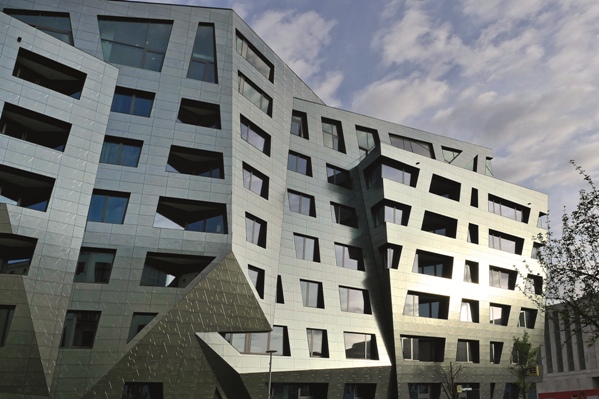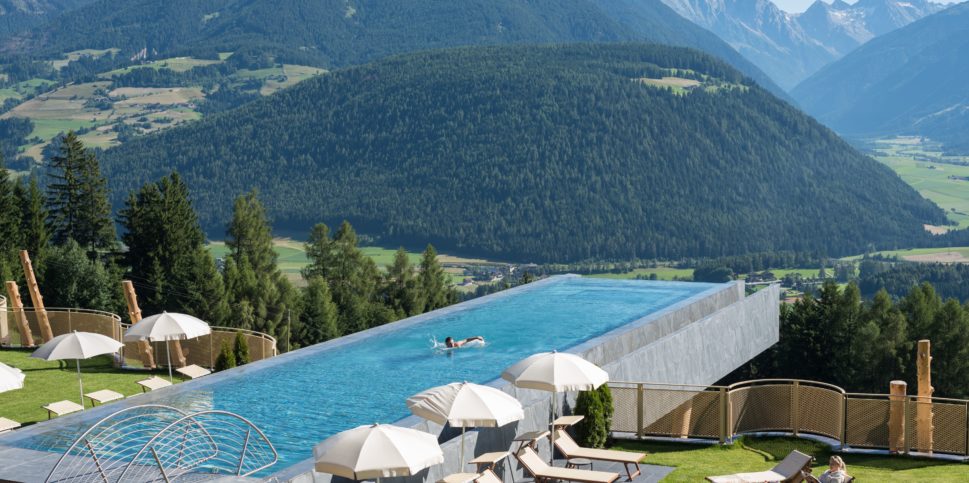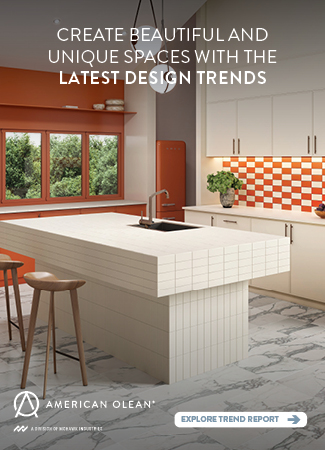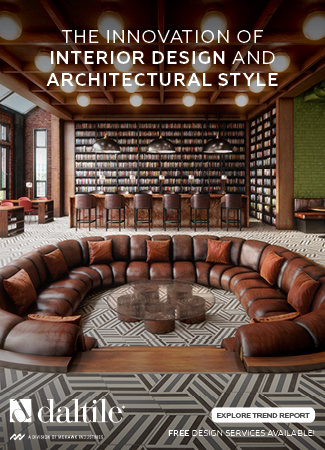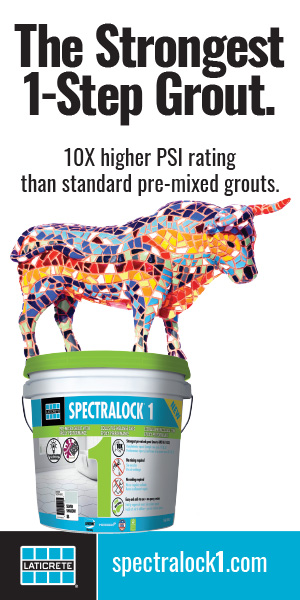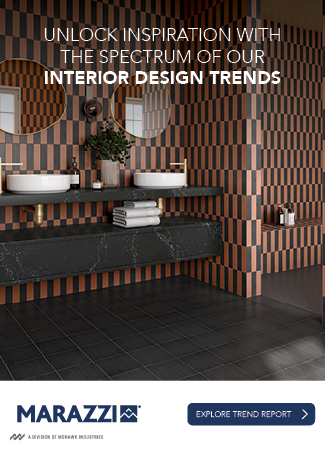The Bios Self-Cleaning® treatment has been used for ventilated façades and cladding for over 14 years. Thanks to the special Hydrotect® technology, when the Bios Self-Cleaning treatment comes into contact with sunlight, it triggers a reaction able to eliminate not only bacteria, but also the pollutants in the air, and to break down dirt that has settled on the surface of the tiles. Because tiles are superhydrophilic, the dirt can then be removed from ceramic surfaces by the rainwater that runs off them. Bios Self-Cleaning® is therefore able to combine the renowned style and performance of porcelain stoneware ceramic coverings with the ability to drastically reduce the cleaning and maintenance operations required for the surfaces, guaranteeing significant savings in economic terms and maintaining the aesthetic and material qualities of buildings.
The self-cleaning ceramic surface
The exclusive formula of Bios Self-Cleaning® is based on titanium dioxide (TiO2), a completely natural substance able to break up the organic deposits that settle over time on the façades of buildings. Because resulting tiles are superhydrophilic, ceramic surfaces are cleaned by the washing action of rainwater. When sunlight (UVA rays) irradiates the surface treated with Bios Self-Cleaning®, active oxygen (O2-, -OH) is generated. The active oxygen (O2-, -OH) breaks the dirt down into less-adherent substances, and the rainwater expands on the surface, generating an extremely fine layer that cleans and removes the dirt previously broken down by the active oxygen.
NOx (nitrogen oxides) are among the main causes of air pollution that is harmful to human health and the environment. The active oxygen (O2-, -OH) produced by the cladding covered with Bios Self-Cleaning® oxidizes the NOx into non-harmful NO3- substances (water-soluble nitrate). Because the amount is small, the NO3- oxidized by the photocatalytic reaction have no influence on soil acidification, and also make an appreciable contribution to improving the quality of the environment in urban areas. A 1000 m2 of façade covering treated with Bios Self-Cleaning® has a capacity to purify the air comparable to an area of woodland the size of a football pitch, or the capacity to eliminate the amount of nitrogen oxides (NOx) emitted by 70 motor vehicles in the course of an entire day.
The ceramic response to germs and bacteria
Another distinctive feature of products treated with Bios Self-Cleaning® technology is their antibacterial qualities, obtained thanks to the effect of the UV rays contained in sunlight. The irradiation triggers a photocatalytic reaction on the surface of the ceramic tiles that is able to produce active oxygen and break down bacteria. This process is made possible by the application of titanium dioxide (TiO2) on the tiles, which turns them into a photocatalytic material able to break down the organic and inorganic contaminants that come into contact with the ceramic surface, thus
also helping to reduce unpleasant odors.
Important solar energy for the environment
The Bios Self-Cleaning® process is completely natural and ecosustainable, because it uses solar energy to activate the photocatalytic reaction, while exploiting the washing action of rainwater to remove dirt. The main cause of deterioration of building façades in urban and metropolitan environments is attributable to the concentration of organic deposits (oily stains, dust, soot) generated by oils and exhaust gases emitted by motor vehicles, boilers for heating and industrial systems. Thanks to the Bios Self-Cleaning® treatment, these deposits are first broken down naturally and then easily removed by rain, thus drastically reducing the cleaning and maintenance operations required for the surfaces and therefore saving both money and resources.
Ceramic surfaces that never age
A series of stringent laboratory tests have shown that the performance of Bios Self-Cleaning® remains constant over time. The durability of the treatment has been confirmed by subjecting the ceramic tiles to an accelerated ageing test in conditions equivalent to 50 years of exposure outdoors.
Museums, cultural centers and artistic installations are designed for the community, and need to preserve their appearance daily in order to ensure superior quality of life. Workplaces, schools, sports facilities and shopping malls where large numbers of people gather use areas adjacent to the building for outdoor activities. Preserving their appearance with self-cleaning surfaces also means guaranteeing cleaner air to breathe for the community.
The maintenance costs for buildings such as private homes and residential complexes can be very high, if the materials used deteriorate over time. Choosing a surface with Bios Self-Cleaning® treatment can offer a valid alternative.
Practical support for architects and designers
The large formats and the wide range of Casalgrande Padana porcelain stoneware tiles allow for the creation of extremely versatile solutions for designers, architects and interior designers to freely express their idea of architecture using different formats, finishes and colors every time, in a wide variety of settings and application conditions.
Ventilated façade systems are mainly used for public and service buildings, shopping malls, office buildings and industrial complexes, but they are also found on residential buildings, where maintaining aesthetic and technical architectural characteristics over time enhances their overall beauty.
The experience gained in over 60 years of projects all over the world allows Casalgrande Padana to offer professionals full collaboration to turn ceramic surfaces into an integrated, advanced system able to respond to the most demanding requests in terms of architectural quality, performance levels, durability and sustainability.



